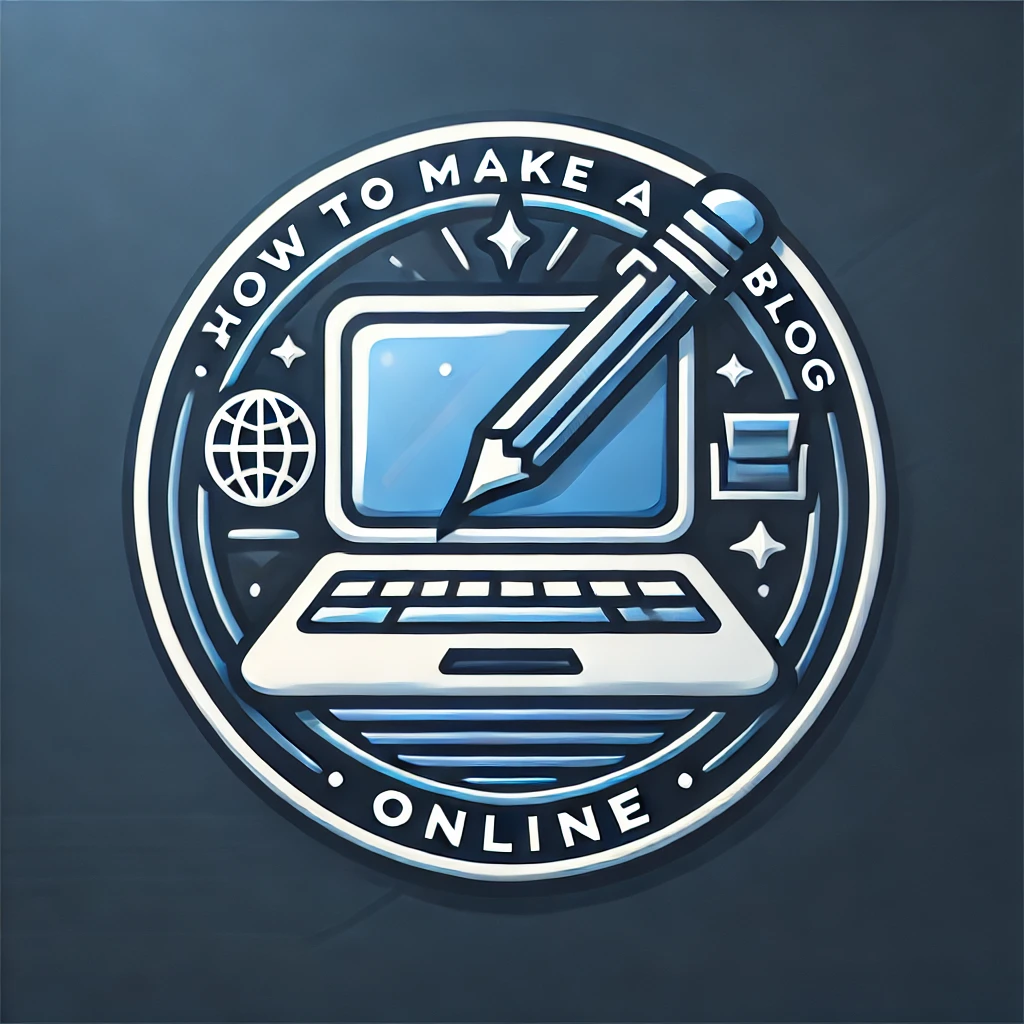Starting your blog begins with selecting and installing a blogging platform. Among all the available options, WordPress.org stands out as the most popular and versatile Content Management System (CMS). It’s user-friendly, highly customizable, and perfect for beginners and seasoned bloggers alike.
In this detailed guide, we’ll walk you through how to install WordPress and get your blog ready to go live.
Why Choose WordPress?
WordPress powers over 40% of all websites on the internet. Here’s why it’s a great choice for your blog:
- Free and Open Source: WordPress itself is free, and its open-source nature allows for endless customization.
- Beginner-Friendly: Easy installation and an intuitive dashboard make it ideal for newcomers.
- Customizable Themes and Plugins: Thousands of themes and plugins let you tailor your blog to your needs.
- SEO-Friendly: WordPress comes with built-in features that help optimize your site for search engines.
Step 1: Log Into Your Hosting Account
After purchasing a domain and hosting, you’ll need to log into your hosting provider’s dashboard. Most hosting companies offer a user-friendly control panel called cPanel.
Common Hosting Providers:
- Bluehost
- SiteGround
- HostGator
- DreamHost
Once logged in, look for options like WordPress Installer, Softaculous App Installer, or One-Click Install.
Step 2: Launch the WordPress Installer
- Locate the WordPress Installer: In your hosting dashboard, find the WordPress icon or the “Website” section.
- In cPanel: Look under Softaculous Apps Installer or Website Builders.
- Start the Installation Process: Click the Install WordPress button to begin.
Step 3: Choose Your Domain
You’ll be prompted to select a domain name for your WordPress installation.
- If you’ve purchased multiple domains, ensure you select the one you want to use for your blog.
- If you want your blog to appear as
yourdomain.com(rather thanyourdomain.com/blog), leave the directory field blank.
Step 4: Fill in Your Site Details
You’ll need to provide some basic information about your blog:
- Site Name: The title of your blog (e.g., “My Travel Blog”).
- Site Description: A short tagline that describes your blog (e.g., “Sharing adventures from around the world”).
- Admin Username: Choose a unique username to log into your WordPress dashboard. Avoid using “admin” for security reasons.
- Password: Set a strong password for your admin account.
- Admin Email: Enter a valid email address to recover your account if needed.
Step 5: Customize Advanced Settings (Optional)
Some hosting providers let you configure advanced settings:
- Database Name: Automatically generated, but you can rename it if needed.
- Table Prefix: Use the default prefix
wp_or customize it for security. - Auto-Updates: Enable automatic updates for WordPress core files.
Step 6: Start the Installation
Click the Install Now button to begin the installation. This process usually takes a few minutes. Once complete, you’ll see a confirmation message with the following:
- The URL of your new blog (e.g.,
yourdomain.com). - Your WordPress admin URL (e.g.,
yourdomain.com/wp-admin). - Your login credentials (username and password).
Step 7: Log Into WordPress
- Open your browser and visit your WordPress admin URL (
yourdomain.com/wp-admin). - Enter your username and password to access the WordPress dashboard.
Congratulations! You’ve successfully installed WordPress and are ready to start customizing your blog.
Troubleshooting Common Installation Issues
- Domain Not Found: If your domain isn’t working, ensure it’s properly connected to your hosting. Update the nameservers if necessary.
- Error Establishing a Database Connection: Double-check your database credentials in the hosting panel.
- Admin Login Issues: Use the “Forgot Password” option or check your hosting email for login details.
What’s Next?
Now that WordPress is installed, you can:
- Choose and customize a theme to design your blog.
- Install plugins to add functionality.
- Write and publish your first blog post!
Final Thoughts
Installing WordPress is the first step toward creating a successful blog. With its easy installation process and powerful features, you’ll be set up in no time. Whether you’re sharing personal stories, launching a business blog, or showcasing a hobby, WordPress provides all the tools you need to succeed.
Start building your dream blog today—your online journey awaits!
Let me know if you’d like me to write the next blog in the series! 😊

Leave a Reply